Top 7 Features of PyTorch 2.0


Top 7 Features of PyTorch 2.0
Introduction
PyTorch 2.0 is a popular deep learning library that is transforming the way Artificial Intelligence (AI)/Machine Learning (ML) developers approach their projects. Without sacrificing performance, this release provides useful new features such as lightweight debugging, a JustinTime (JIT) compiler library, distributed training capability and Quantization model support.
The first feature of PyTorch 2.0 is its compatibility with the Open Neural Network Exchange (ONNX) and Caffe2 platforms. This makes it easier for you to export your PyTorch model to either of these platforms for production deployment or further development down the line.
Second, distributed training capability enables developers to take advantage of multiple compute resources when training deep learning models. You can now easily scale up your projects so your models can learn faster using multiple GPUs/TPUs/servers with no extra effort or overhead.
Third, the introduction of the JIT Library allows developers to trace and compile their models in one single command and thus optimize for both speed and memory usage. This makes it possible to deploy complex models in production environments with minimal FRAME overhead and latency penalties.
Fourth, PyTorch 2.0 supports quantization models which allow tasks like image recognition and video classification to be handled by smaller and more efficient networks that use fewer compute resources. This reduces power consumption while maintaining performance levels at acceptable levels for deployment in edge or mobile devices.
Finally, PyTorch includes an intuitive debugger so users can trace their computations step by step without sacrificing performance or precision during development phases with fewer debugging sessions required overall. Data Science Course in Delhi
Improved Performance with Tensor Comprehensions
This library allows for users to easily create and optimize graphs as well as compile the data for even better performance. As a result of this higher efficiency and better performance, your deep learning models will be able to run faster and provide more accurate results in less time.
Tensor Comprehensions also utilize a template library that can be used by developers to quickly and easily create dynamic graphs with fewer lines of code while still maintaining readability. This feature gives developers the ability to focus on the task at hand rather than become bogged down in complex technicalities.
The combination of increased efficiency, better performance, compile capability, graph optimization, and a template library makes PyTorch 2.0 a powerful tool for any deep learning project. With this update comes improved performance with Tensor Comprehensions that allows your projects to finish faster while still being highly accurate.
Opt-In Support for JIT Compilation
OptIn Support: OptIn support for JIT compilation allows developers to choose which code should be compiled into optimized machine code on the fly. This helps to improve performance without needing to manually modify code within large projects. In addition, with PyTorch 2.0, developers can opt in or out of any optimization step in their workflow, making it easy to find a balance between speed and accuracy that’s right for their project.
JIT Compilation: JIT (Justintime) compilation converts reprogrammable Python scripts into efficient machine code at runtime. It increases overall performance by providing more efficient execution patterns than traditional programming languages like C/C++ or Java due to its direct access to native instructions on underlying hardware and optimized routines for common tasks like linear algebra operations. Thus, this leads to faster execution times compared to interpreted languages such as Python or JavaScript.
PyTorch 2.0: PyTorch 2.0 is the latest version of Pytorch open source deep learning library from Facebook AI Research Team (FAIR). It features enhanced performance optimizations specifically designed for deep learning tasks such as computer vision, natural language processing (NLP), audio recognition, and more—allowing users to run complex models with fewer resources than ever before. Moreover, it includes improved tools and libraries that allow for easier deployment.
Support for Experiments and Projects on Cloud Computing Services
- GPU Support: With PyTorch 2.0, you can offload tasks to your GPUs in order to let them efficiently complete calculations with great speed. The GPUs are also able to handle multiple tasks simultaneously, making it easy for you to manage large scale operations on the cloud.
- Scalability: You no longer need to worry about data storage when scaling up a project with PyTorch 2.0 it automatically resizes the data across different machines on the cloud, giving you maximum efficiency while using minimal resources. Additionally, there are no manual adjustments required when scaling up or down since this process happens automatically within PyTorch 2.0’s framework.
3 Flexibility: Building models with PyTorch 2.0 give you full control of what components to use and how they should be used when building a project on the cloud this makes it easy for developers to customize their solutions according to their needs at any given time without having to worry about compatibility issues or codebases larger than necessary for a certain task size or complexity level.
Utilizing the Torch Hub to Streamline Model Building
The Torch Hub makes model building more efficient with a variety of easy to use tools. It allows you to easily find pretrained models from approved sources that you can then use for your project or adapt them to fit your particular needs. This saves valuable time as the hub already provides models ready for immediate use rather than having to start completely from scratch. Furthermore, automation and efficiency are further achieved thanks to its ability to automate potential manual tasks such as converting models between different environments or frameworks.
Consequently, this leads to major time savings benefits too! The time normally spent training a model is now instead used for other important tasks in your workflow such as data preparation or debugging. In addition, sharing models between teams has never been easier thanks to this convenient feature! Team collaboration is now simpler than ever since teams don’t have to pass around complex code files that could easily become outdated; they can just access the pretrained models stored on the Torch Hub which will always remain uptodate.
The Evolution of Debugging Facilities and Tools
As software developers, debugging facilities and tools have come a long way in the last few decades. Today’s professional debugging tools allow developers to achieve higher levels of productivity, efficiency, and accuracy than ever before. In this blog post, we’re taking a deeper look at one such cutting edge debugging tool: PyTorch 2.0.
PyTorch 2.0 is packed with features that make debugging tasks easier and more efficient than ever before. Let’s take a closer look at the top 7 features of PyTorch 2.0 to see how it can optimize your debugging process:
- Debugging Tools: PyTorch 2.0’s builtin debugger makes all forms of debugging—from finding bugs to optimizing code performance—easier than ever before. The debugger seamlessly integrates with existing IDE frameworks for improved workflow visibility and greater easeofuse for developers of all skill levels.
- IDE Integration: PyTorch 2.0 offers improved integration capabilities with existing IDEs like Visual Studio Code and IntelliJ by providing access to the Pytorch C++ API and Core ML SDKs—saving time spent integrating disparate components into unified development environments. Data Analyst Course in Delhi
- Visualization Capabilities: With improved visualization capabilities, PyTorch 2.0 makes it faster and easier to create robust visualizations for complex data sets or rapidly test ideas during development cycles—dramatically reducing bug discovery time in early stages of development cycles since problems can be easily spotted when visualized properly.
Enhanced GPU Usage Capabilities Section: Expanded Mobile Operating System (OS) Support
Besides enhancing OS compatibility, PyTorch 2.0 also provides improvements geared specifically towards mobile platforms, such as optimized GPU support and increased mobile compatibility. By leveraging the system resources of a device – such as its storage capacity – PyTorch users can optimize their usage to ensure apps are running efficiently across different platforms. Users can also capitalize on the advanced capabilities offered by GPUs within a device to help deliver better performance for more ambitious projects run on mobile operating systems.
Overall, PyTorch 2.0 offers a range of features that make it easier for users to develop deep learning projects across multiple platforms thanks to its enhanced GPU usage capabilities and expanded OS options. With improved usability and optimized performance for mobile users, you can now leverage the full power of this open source library regardless of what type of device you use.
Understand PyTorch 2.0 and Its Core Features
1) Dynamic Computation Graph This feature allows developers to quickly and easily build computational graphs to define operations in a dynamic manner. This makes it easy to modify models without needing to recompile them each time a change is made.
2) Autograd Support Autograd is a powerful library in PyTorch 2.0 that enables automatic differentiation of computations for neural networks and other models. This allows users to easily optimize models by accurately calculating gradients for weights and bias terms using backpropagation algorithms.
3) Improved distributed and mobile computing PyTorch 2.0 provides several options for improved distributed and mobile computing including support for multiple GPUs, better cross platform portability, and accelerated training procedures thanks to its distributed backend solutions.
4) New TorchScript Library – The new TorchScript library in PyTorch 2.0 provides enhanced flexibility and portability with its ability to directly export models into Python code as well as its option for utilizing static type annotations which are optimized for speed at runtime execution on either CPU or GPU devices. Data Science Data Science Institute in Delhi
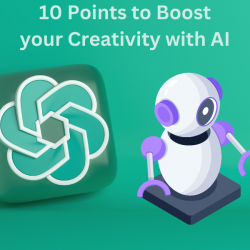
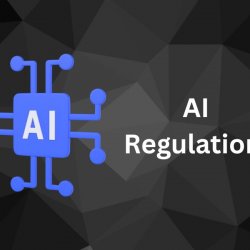
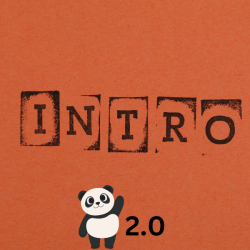

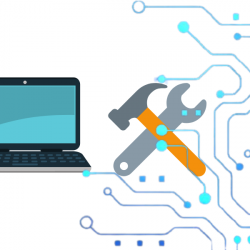
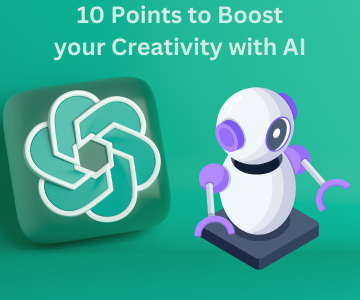
Ingen kommentarer endnu